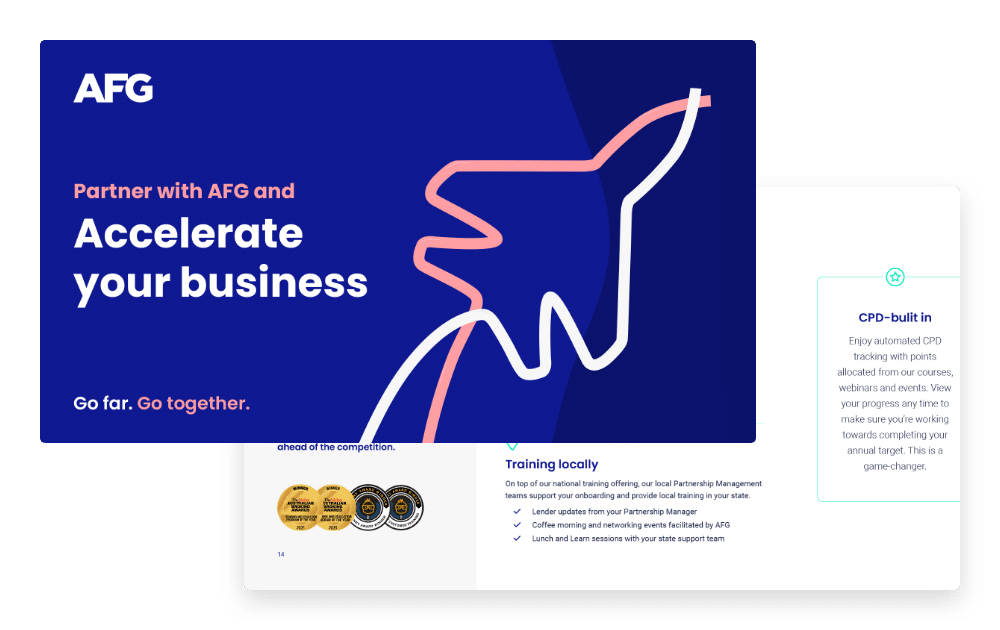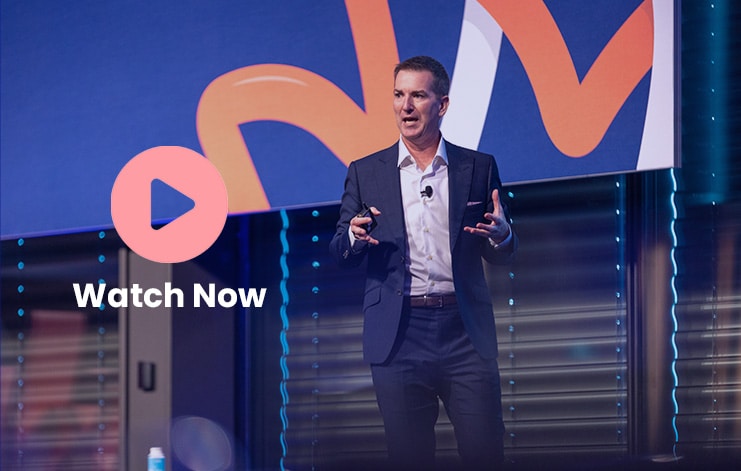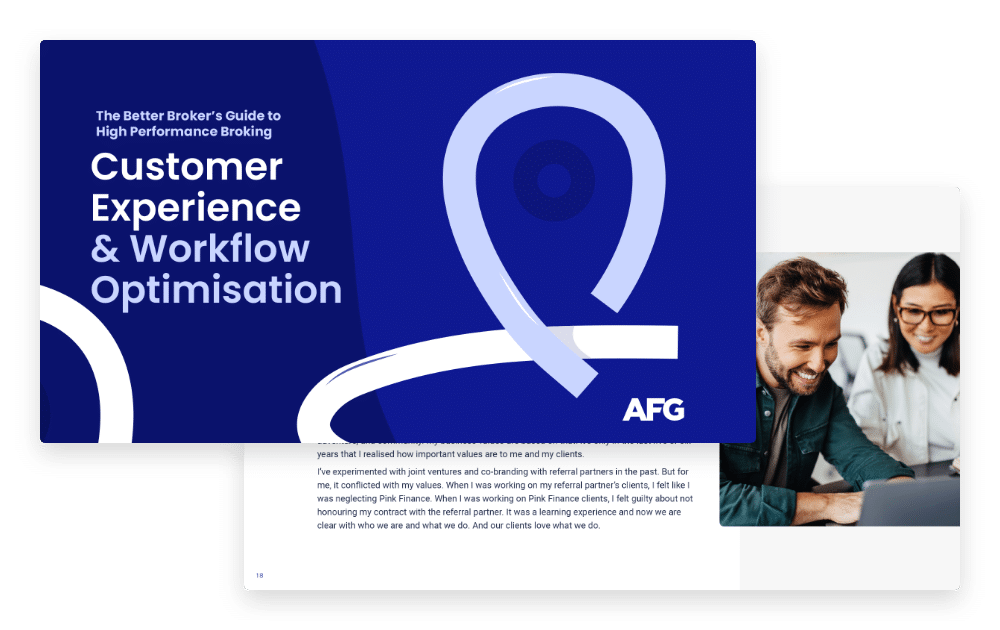Australia’s New Payments Platform could turbo-charge cash flow for SMEs, with 24/7 real-time transfers banishing the time payments sit in limbo.
Imagine a day where your mobile phone number is all clients need to pay; where bank transfers clear within seconds; and payments into your business account are automatically reconciled.
Australia’s New Payments Platform (NPP), launched in February, aims to make this an everyday reality, revolutionising the way individuals and businesses make and receive payments. But, like all revolutions, its success hinges on how quickly people jump on board.
“Right now, there’s been little uptake,” says Australian Invoice Finance managing director Greg Charlwood. But it is early days, and he has high hopes for the NPP, saying businesses – particularly those in the B2B sector – stand to make great efficiency gains when the system reaches a critical mass of users.
“If banks dramatically increase promotion (of NPP) I see acceleration happening in the first year, with a high level of take up within two years,” said Mr Charlwood.
High take-up rates are critical, because both payer and payee must be registered to use the NPP system. At present about 60 financial institutions – from big banks to small credit unions – offer customers access to the platform. (Contact your financial institution to inquire or register.)
Developed over the past five years by a consortium of 13 companies – led by the Reserve Bank and including the big four banks – the NPP essentially provides a new financial infrastructure for Australia.
The key features of the new system are:
- It provides real-time settlement 24/7.
- It can attach more data to payments than traditional systems – 280 characters, compared to the previous 18-character limit – paving the way for simpler automated reconciliation.
- It introduces the ‘PayID’ as an alternative identifier to cumbersome BSB and account numbers. Customer-chosen PayIDs can be something easy to remember, such as a mobile phone number, email address or ABN. Clients only need your PayID to direct payments to your account.
- It has a layered architecture to support multiple services. So, to use an analogy, think of the NPP as a smart phone – in the same way third-party developers create apps to capitalise on a smartphone’s capabilities, it is hoped new financial applications (called ‘overlays’) will be developed to leverage the functionality of the NPP.
The first overlay, a system called Osko (developed by BPay), allows individuals and businesses to begin using PayIDs to send and receive payments.
NPP CEO Adrian Lovney anticipates more overlays will build on this as more users join NPP.
“We see the platform’s data capability as a potential boon for future business application. From simpler invoicing to automatic reconciliation across core business processes…the NPP will provide an important building block for innovation,” Mr Lovney said.
A new feature Osko is expected to roll out in coming months is a ‘request to pay’ function. This will allow individuals or businesses to send a digital bill which can be reviewed and paid with a single click, provided supplier and client are both are registered to the PayID system.
Mr Charlwood says the NPP PayID could also reduce accounting errors, because entering a PayID triggered the system to display the linked account name for cross-referencing, something that did not happen under the present BSB/account number system.
PayIDs will also make it easier for businesses to switch financial institutions to chase better deals. Traditionally, changing accounts could cause headaches, ensuring customers have new details and that direct debits are updated.
“The PayID will allow businesses to change banks without having to notify suppliers or customers of new account numbers,” said Mr Charlwood. “The account number can simply be changed on the PayID without the counterparties even needing to know that the change has occurred.”
Mr Charlwood believes the B2B sector stands to benefit most from efficiencies in the new system, as they are the least likely to deal in cash payments.
“Business can do their bit by encouraging others to get on board,” he said.
The system has received some criticism, with a recent Productivity Commission report raising concerns about restricted access to the platform, particularly for fintechs.
Mr Lovney says it is simply a matter of balancing security and integrity with access.
“While it may sound great to have an open door, in a payments system that enables the movement
of funds in real-time, it’s obvious you need to have some controls. That’s why the NPP allows various levels of access, each with clear criteria,” he said.
At present, institutions seeking direct connection to the NPP must be prudentially regulated authorised deposit-taking institutions.
“(This) indicates they can manage risk and satisfy participation requirements,” Mr Lovney said.









